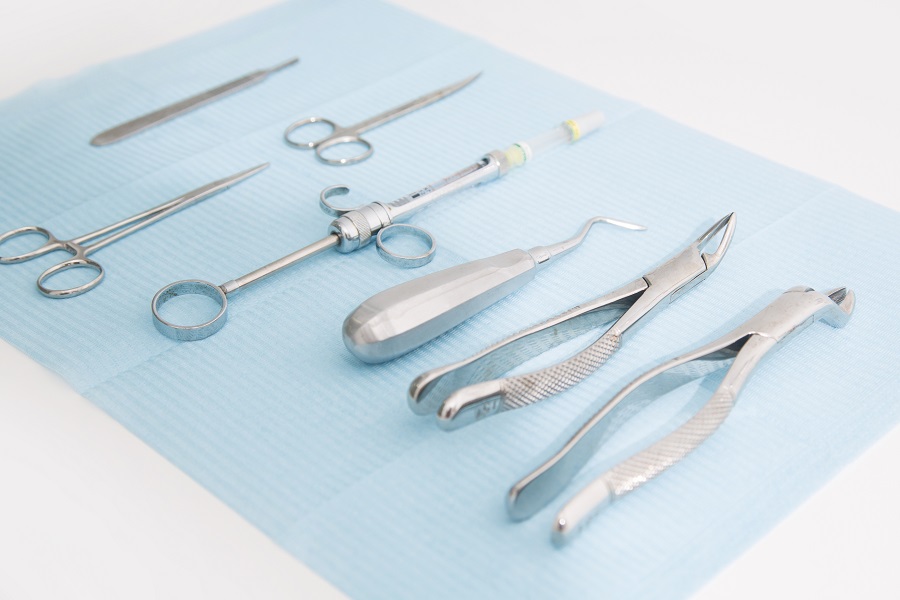Tooth extractions may sound scary, but there’s no need to stress. These procedures are very common, quick, and easy to recover from. And in the end, they’ll keep you healthy.
One of the most common reasons for teeth extraction is wisdom teeth. This final batch of permanent teeth usually appears between the ages of 17 and 25. But when they grow in, they can pose risks like:
- Tooth damage. They can grow at an angle that pushes against and damages other teeth.
- Mouth crowding. These extra molars can push teeth around and cause pain.
- Jaw damage. Cysts around the new teeth can lead to jaw and nerve issues.
- Cavities. New teeth can cause pockets that allow cavities to grow.
Wisdom teeth aren’t the only reason for extraction, though. Some other reasons to remove a tooth include:
- Infection or risk of infection.
- Gum disease.
- Tooth damage.
The different types of tooth extractions
There are two types of tooth extraction: simple and surgical.
- A simple extraction is performed when a tooth has already grown or can be seen.
- A surgical extraction is peformed when a tooth hasn’t broken through the gum surface.
What does the process look like?
Both types of extractions are quick processes and require little downtime.
Preparation
- Plan to arrange for someone else to drive you home from your procedure.
- If you are receiving anesthesia, avoid eating for 12 hours before the procedure.
- Ask your doctor about any other preparation steps you should be taking.
Sedation
- For a simple tooth extraction, you won’t need sedation. Your dentist will give you a local anesthetic to numb the area around your tooth.
- For a surgical extraction, you may sedated and given an anesthetic.
Procedure
- During a simple extraction, your dentist will loosen the tooth and use forceps to remove it.
- During a surgical extraction, your surgeon will make an incision. The tooth may then be elevated and removed, or it may need to be broken into several pieces and removed.
How long is the healing process?
It’s important to follow your surgeon’s instructions to heal properly. You’ll recover quickly if you follow these general steps.
- Get some rest. Avoid any vigorous activity for 2 to 3 days. It could raise your heart rate or blood pressure, which could cause bleeding.
- Keep it clean. The extraction site is vulnerable to bacteria and infection. Make sure you gently rinse your mouth with warm salt water a few times the day after the procedure.
- Take your medications. Your doctor may prescribe an antibiotic and a painkiller. Make sure you take both as directed.
- Stick to liquids and soft foods for a few days. You don’t want to add pressure or pain to the extraction site.
You’ll be feeling back to normal in no time. Plus, your mouth will feel much better once the problematic tooth or teeth have been removed. Do you think you might need a tooth extraction? Reach out to Greenville Oral Surgery.
